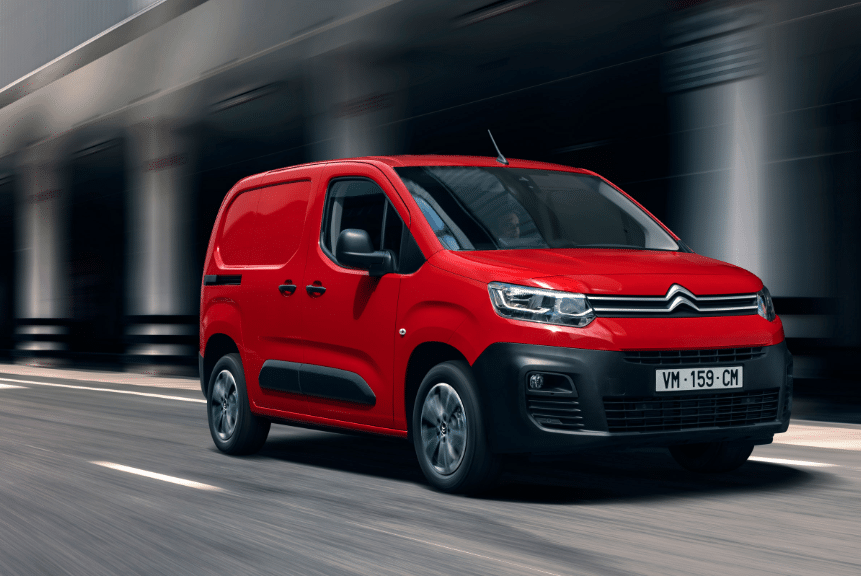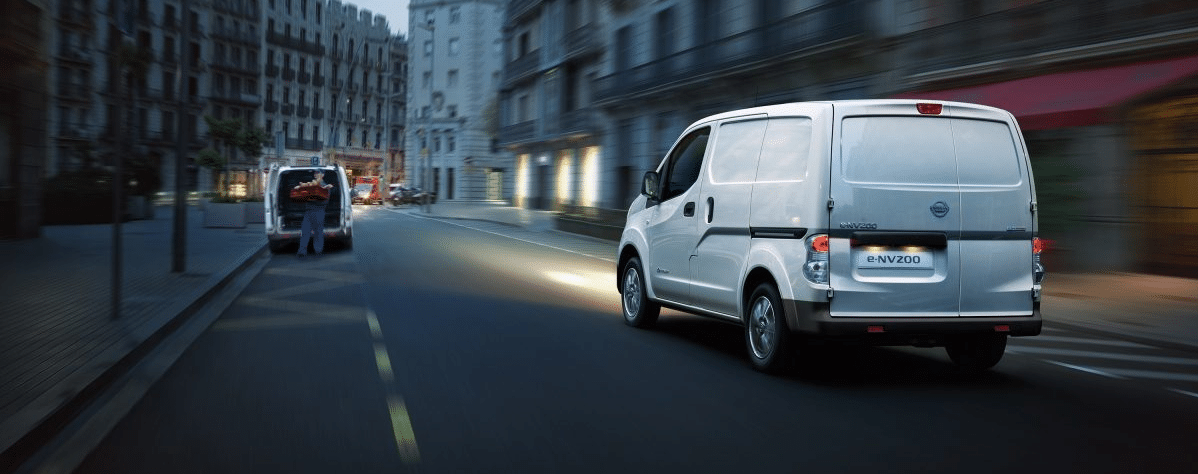5 things to consider when buying a new van

It can sometimes be amazing how little consideration some people and even some organizations put into buying a new van. Even though most of us put a huge amount of thought into every minute detail of what we want from our next new car, a lot of people still see a van as a box on wheels where all that matters is how much it can carry and how much it costs to buy and run. While those are obviously major considerations for any van purchasing decision, there’s now so much more to think about, more we can have, and so much more we should expect in today’s market. To give you an idea of what we mean, here are some of the things you really should expect from your next new van.
1. Emissions
Unless you’re only driving around a rural area and you never venture into major towns or cities, you’re going to have to pay more and more attention to what comes out of your van’s exhaust pipe as time goes by. Of course, we should all be aware of minimizing our exhaust emissions and our carbon footprint for the good of the environment, but if you’re a commercial operator, your vehicle’s emissions can have a big impact on your bottom line.
Even if you don’t travel near London, you’re sure to have heard about the congestion charge, the new Ultra Low Emission Zone (ULEZ) and the clean air zones that are popping up all over the country. This means drivers of older, more polluting vehicles will have to pay a fortune to enter these areas. If you’re buying a van and intend to keep it for a few years, don’t be surprised to see similar schemes being rolled out in all the major cities within the next couple of years. Make sure you understand the emissions ratings and think carefully about buying a van with emissions as low as possible. Keep in mind that regulation in this area is only going to get more stringent, so be prepared. For up to date information on the ULEZ, read our blog https://rapidvans.co.uk/blog/londons-ulez-charge-2019-a-van-drivers-guide/.
2. How it looks
Don’t be fooled into thinking that the look of your van isn’t important – it is. We don’t mean you need to go for the sleekest, smartest-looking van you can find, because that’s not what we’re talking about. Your vehicle is a direct representation of your business, and it can have a big bearing on how new and existing clients perceive you. For example, if you trade with clients in a segment where margins are tight and times are hard, you might not want to be rocking up in a big, bright, blinding new Mercedes Sprinter. On the other hand, if you want to create the impression of being a successful, prosperous and impressively high-end operator, that might be exactly the type of van you want to be driving.
3. WLTP
At the moment, the UK is in a transition period between vehicle excise duty being levied using the old NEDC system and the new Worldwide harmonised Light-duty vehicles Test Procedure (WLTP) rating system. To avoid a sudden, painful, cliff-edge jump in VED rates and company car tax, as well as to give manufacturers a decent chance of achieving new, stringent CO2 fleet emissions targets of 95g/km by 2020 that was set using the old NEDC data as a benchmark, the UK government will continue working with NEDC figures until next year. The impact of this on you, the buyer, is that stock levels and choice are greatly reduced. However, you also need to be aware that these new vans manufactured to meet these new targets will inevitably cost quite a lot more.
4. Configuration
It might be tempting to buy a 2+2 sports car and try and make it work when what we really need is a proper five-seat family vehicle – choosing a less-than-ideal van configuration can be a much bigger disaster. Choosing the biggest model your budget can run to might give room for your business to grow, but in the meantime, you’re going to be paying for space and weight you don’t need. On the other hand, you could buy a van that is just enough for your current needs at a great price, but what if you soon need to carry something that’s a little larger than you do at the moment? What doors do you need, do you need dual rear wheels and a reinforced rear axle, and do you need a degree of off-road capability? Sit down and think about what you need your van to do now, and just as importantly, what you might need it to do before it comes time to trade it in for your next model.
5. How to fund it
Vehicle technology is moving on at quite a pace at the moment, but so is vehicle finance. The days of a straight choice between writing a cheque for the whole cost of a van or taking out hp or a bank loan are long gone, and the changes are not finished yet. We now have different forms of hp, leasing, lease purchase, and rental agreements, and new subscription models are in the pipeline too. Look into your options carefully as it can make a huge difference to your finances, and you could also get a lot more van for your money than you might imagine.
Looking for a new van? Get in touch with the team here at Rapidvans. At Rapidvans we specialize in providing affordable options to suit all pockets including a cash purchase, van leasing and hire purchase. We’re here to help you find the right van and the right deal for you and your business needs, now and in the future.
Call us on 01446 502 955 and our team will help you find the van deal that you need to get your business on the road.


